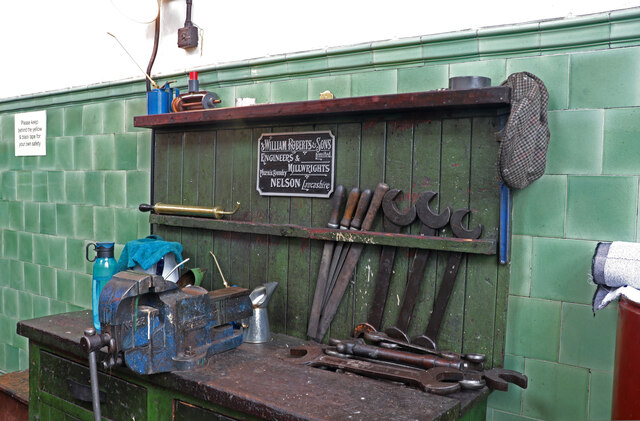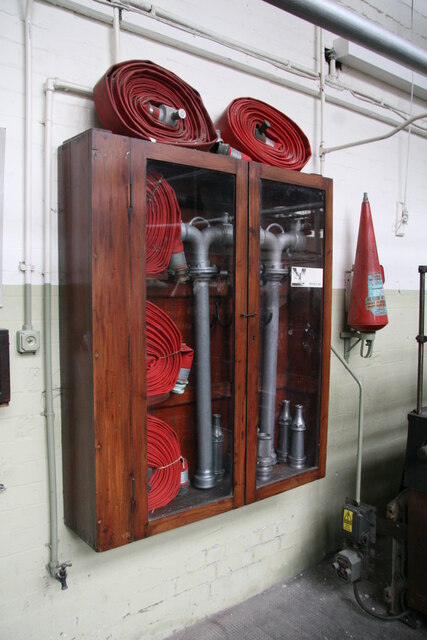Brierfield
Settlement in Lancashire Pendle
England
Brierfield

Brierfield is a small town located in the county of Lancashire, in the northwestern part of England. Situated on the southern edge of Pendle Hill, it lies approximately 3 miles north of Burnley and 1 mile south of Nelson. Brierfield is part of the borough of Pendle and has a population of around 9,300 residents.
Historically, Brierfield was built around the cotton industry during the Industrial Revolution, with several cotton mills being established in the area. However, like many towns in the region, Brierfield experienced a decline in its textile industry in the late 20th century. Today, the town has transitioned into a more diverse economic base, including manufacturing, engineering, and service sectors.
Brierfield is known for its rich cultural heritage, with a strong South Asian community that has contributed to the town's multicultural character. The town features several places of worship, including mosques and churches, reflecting the diverse religious makeup of its population.
Nature enthusiasts can enjoy the nearby countryside, with Pendle Hill offering stunning views and opportunities for hiking and outdoor activities. The town also benefits from its proximity to the Leeds and Liverpool Canal, which provides scenic walking and cycling routes.
Brierfield offers a range of amenities including shops, supermarkets, schools, and healthcare facilities. It benefits from good transport links, with easy access to the M65 motorway and regular bus services connecting it to neighboring towns and cities.
Overall, Brierfield is a small, multicultural town in Lancashire that combines its industrial heritage with a diverse community and access to beautiful countryside.
If you have any feedback on the listing, please let us know in the comments section below.
Brierfield Images
Images are sourced within 2km of 53.824125/-2.215687 or Grid Reference SD8536. Thanks to Geograph Open Source API. All images are credited.














Brierfield is located at Grid Ref: SD8536 (Lat: 53.824125, Lng: -2.215687)
Administrative County: Lancashire
District: Pendle
Police Authority: Lancashire
What 3 Words
///sticks.lifts.stow. Near Brierfield, Lancashire
Nearby Locations
Related Wikis
Edge End High School
Edge End High School was a secondary school for 11 to 16 year olds, in Nelson, Lancashire. The school closed in June 2006, as part of the project by the...
Nelson, Lancashire
Nelson is a town and civil parish in the Borough of Pendle in Lancashire, England, with a population of 29,135 in 2011. It is 4 miles (6.4 km) north of...
St Mary's Church, Nelson
St Mary's Church is on Manchester Road in Nelson, Pendle, Lancashire. It is a redundant Anglican parish church, and is recorded in the National Heritage...
Brierfield Town Hall
Brierfield Town Hall is a municipal building in Colne Road, Brierfield, Lancashire, England. The structure, which is the headquarters of Brierfield Town...
Nearby Amenities
Located within 500m of 53.824125,-2.215687Have you been to Brierfield?
Leave your review of Brierfield below (or comments, questions and feedback).







